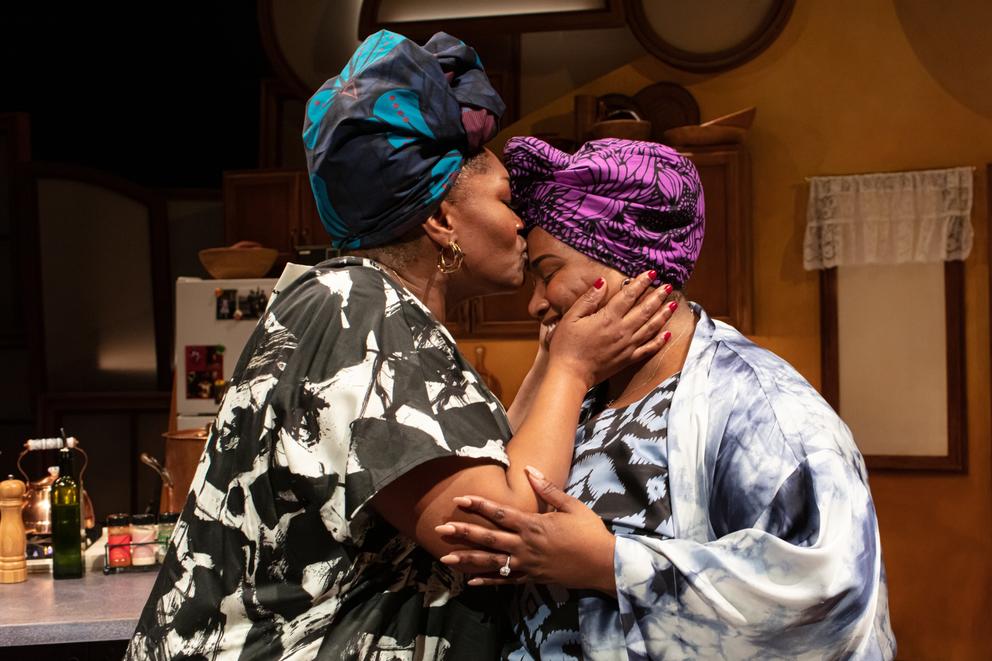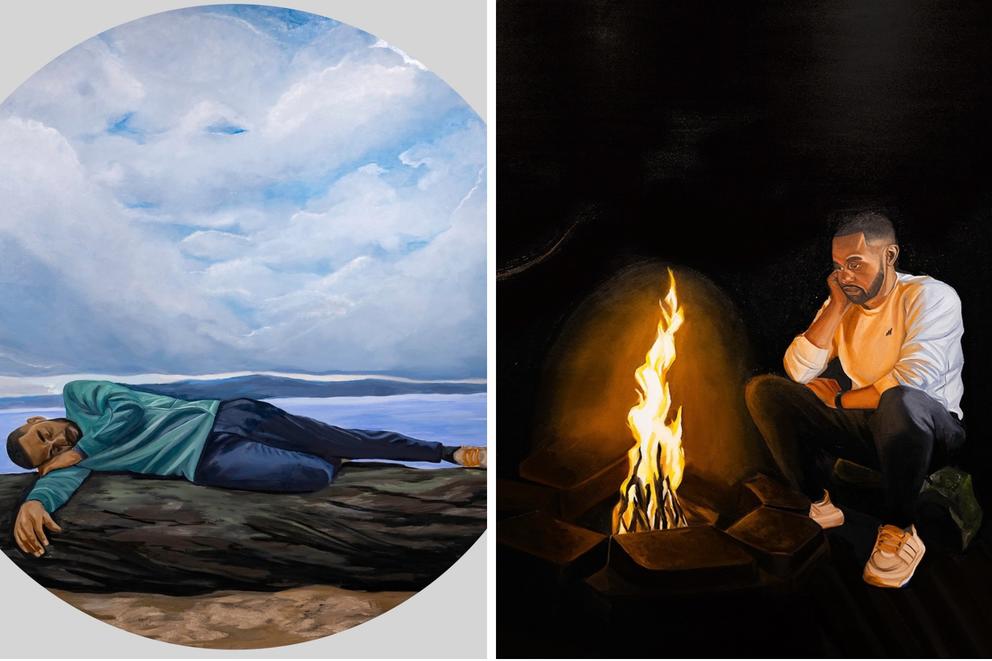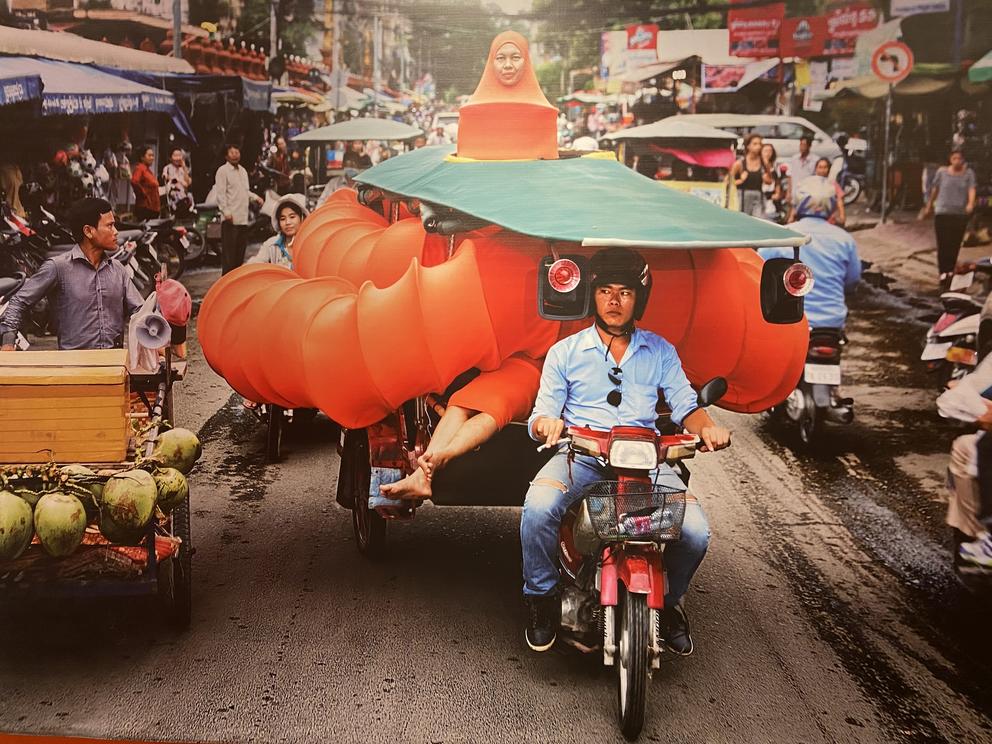Take Seattle Shakespeare’s The Bed Trick (at Seattle Center’s Center Theatre through April 7). Penned by veteran Seattle performer Keiko Green, the story is based on one of the Bard’s favorite plot devices: One woman takes the place of another in a man’s bed — and he’s none the wiser. (Really? No clue?)
Shakespeare wasn’t the first to come up with the ole switcheroo. (The medieval story my name comes from hinges on a bed trick as well.) But the conceit has always put a strain on the suspension of disbelief — not to mention raising thorny issues of coercion and consent.
Green digs in from a contemporary perspective with a script about three college women — roommates, all dealing with their own love’s labours — one of whom is a drama student troubled by the bed trick in her production of All’s Well That Ends Well. But don’t expect black-and-white answers. In a recent interview with The Seattle Times, Green said, “I hope that people don’t know who to root for.”
The bonds of friendship are also tested in Sanctuary City (at Seattle Rep through March 30). Written by Pulitzer Prize winner Martyna Majok (Cost of Living) and directed by Seattle’s Desdemona Chiang, the story is set in 2001, Newark, N.J., where two undocumented immigrant teens (also called “dreamers”) lean on each other for support and levity in post-9/11 America.
As “G” (Emilie Maureen Hanson) and “B” (Junior Nyong’o) navigate family strife, fear of deportation and social stigma, one makes a promise to marry the other once naturalized. But youthful promises often prove hard to keep.
In Stew (at ACT Theatre through March 31), the complications of family intimacy take center stage. Written by Zora Howard, the play was a finalist for the 2021 Pulitzer Prize for drama. Its focus is three generations of women in one kitchen as they tease, laugh, argue and hurry to make a big meal for a forthcoming community gathering.
The cast features a team of powerhouse Seattle actors: Shaunyce Omar as Mama, the matriarch, Shermona Mitchell as eldest daughter Lillian, Varinique “V” Davis as daughter Nelly and Kataka Corn as granddaughter Lil’ Mama. Among them they elicit quick humor, sharp sadness and the arguments — heated and circular — that tend to echo among mothers and daughters.
In an interview with ACT, Seattle director Claudine Mboligikpelani Nako noted, “These women are intelligent, passionate, joyful, curious, afraid, hopeful, vulnerable, courageous, loving and yes angry — because why the hell shouldn’t they be?”
At On the Boards, a brother and sister share family history, inside jokes and barbs — but the brother is doing so from the grave. Our Country (March 21-23) is the autobiographical story of theater maker Annie Saunders, who uses recorded conversations with her “outlaw” sibling to re-enact their interpersonal struggles and closeness. In the process she weaves in elements of Antigone and the Wild West and draws the audience into a space as intimate as a childhood blanket fort.
The tragedy, atrocity, peculiarity and humor in human drama is also on view in current visual art shows.
Start at Winston Wächter, where Seattle artist Barry Johnson’s new show Never Leave Without Saying Goodbye (through April 13) portrays the power of human connection by way of solitary introspection. Noting that last year he suffered the loss of “several family members to drugs and addiction,” Johnson shares autobiographical paintings that radiate with absence. No matter the landscape — in the woods, on a street, at the beach — we see the artist cloaked in grief for his missing loved ones.
At Greg Kucera Gallery in Pioneer Square, legendary Seattle artist Roger Shimomura shares More Little White Lies (through March 30), a series of small-scale works that reflect his signature approach: calling out racism by way of Pop Art-inflected paintings with comic-book verve.
Shimomura’s best trick is blending real terrors — primarily Japanese American incarceration camps, in which he was detained as a child — with irony and humor. Look for a mix of anime characters, geisha figures, Yoko Ono, Superman, the artist in a surgical mask, and a whole bunch of rice cookers.
Meanwhile at the Henry Art Gallery, Hank Willis Thomas: LOVERULES continues (through Aug. 4). And among the expansive exhibit of some 90 works by the New York-based artist is a whole room of appalling advertisements.
For the series Unbranded: A Century of White Women (one of several series in the show), Thomas selected and enlarged real print ads from the past and removed all of the text and branding. What’s left is a searing look at how women have been portrayed in advertising for decades — pulled by the hair, grinning with a black eye, enchained, and of course in all manner of highly sexualized poses. (An enlightening field trip for Women’s History Month.)
As Thomas pointed out during the preview, when originally published, these ads were considered par for the course — so will our future selves be appalled by branding we are blithely ingesting right now? See also: Thomas’ series Unbranded: Reflections in Black by Corporate America, which offers a similar critique of print ads featuring African Americans, with notable differences.
Just a few more things to consider before heading into the pink blossoms …
The second annual Make Believe Seattle film festival is here (at Northwest Film Forum, Grand Illusion Cinema, and the Erickson Theatre, March 21-26), boasting a focus on “imagination.” In this case that translates to a wild variety of indie genre films — including a host of horror flicks, if that’s your jam.
You’ll find everything from cute animated cows to low-budget zombies in North Bend to a Native American showcase. In the latter category is a short called The Handsome Man, filmed on the Kalispel Tribe Reservation outside Spokane and starring Oscar nominee Lily Gladstone.
For more locally grown talent, check out Piano Day (The Royal Room, March 28 at 7 p.m.). This will be Seattle’s first time joining the chorus of chords — a global event held on the 88th day of the year (get it?) — thanks to local musician Gretta Harley. On the docket are a bunch of key players, including Jose Gonzales, Wayne Horvitz, Jen Ayers, Randy Halberstadt and Robin Holcomb.
And it’s a big weekend for the human/caterpillar artwork combo known as the Buddhist Bug (which I wrote about in February). Creator Anida Yoeu Ali will metamorphose into the bug for two live performances (Seattle Asian Art Museum, March 23, 11 a.m. - 2 p.m.), so prepare to bug out in the best of ways.
Get the latest in local arts and culture
This weekly newsletter brings arts news and cultural events straight to your inbox.






